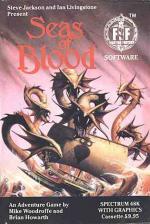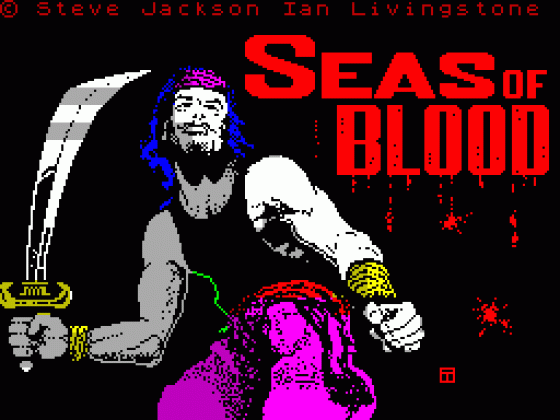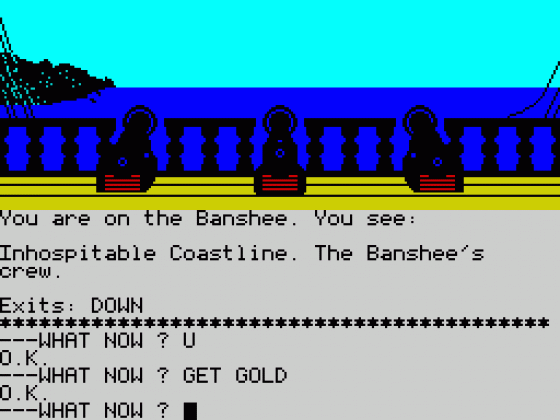Other Reviews Of Seas of Blood For The Spectrum 48K/128K
Seas Of Blood (Adventure International)
A review by Grim Reaper (Your Sinclair)
Seas Of Blood (Adventure International)
A review by Richard Price (Sinclair User)
Seas Of Blood (Adventure International)
A review
Seas Of Blood (Adventure International)
A review


 1st January 1986
1st January 1986










